Deck & Commander Strategies
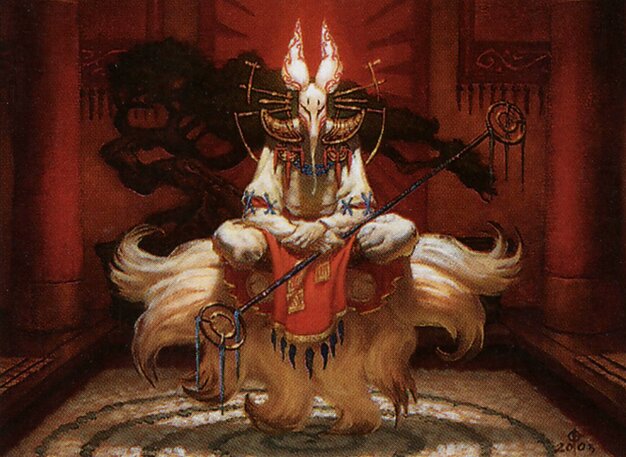
Eight-and-a-Half-Tails
Steals creatures from the player to the right, leveraging opponent’s resources to build a flexible and disruptive board state.
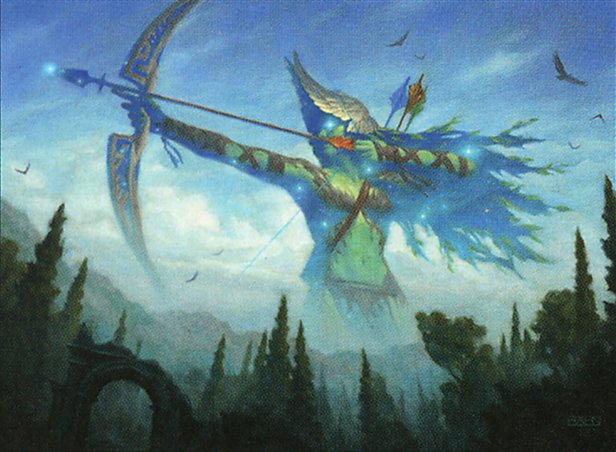
Nylea, God of the Hunt
Ramp up mana to deploy large creatures quickly and use combat tricks to dominate the battlefield through sheer power and aggression.
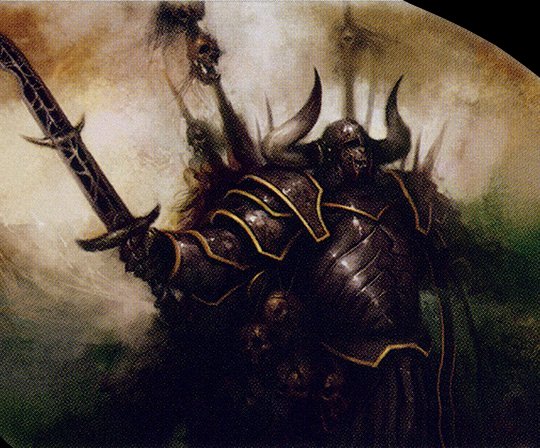
Korlash, Heir to Blackblade
Equips powerful equipment to Korlash to continuously increase its power and toughness, applying pressure through combat damage.
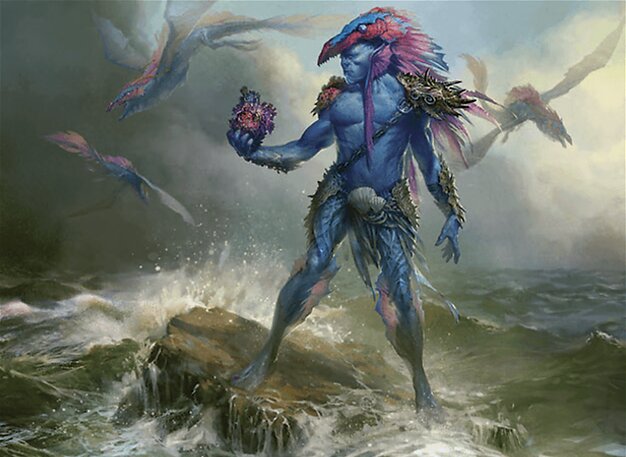
Talrand, Sky Summoner
Controls the game with counterspells and burn spells while generating a growing army of Drake tokens from casting instants and sorceries.
Gameplay Insights
- 1
Order of Succession was used to redistribute creatures among players, causing shifting board dynamics and forcing players to adapt their strategies.
- 2
Players carefully managed combat, choosing when to block and when to attack to maximize damage output while minimizing losses, especially involving Korlash’s equipment buffs.
- 3
Talrand’s strategy of casting multiple instants and sorceries to generate Drake tokens proved to be a steady source of board presence and card advantage.
- 4
The interaction between creature stealing and equipment stacking created complex board states, requiring players to pay close attention to timing and sequencing of plays.
Notable Cards
-

Sol Ring
-
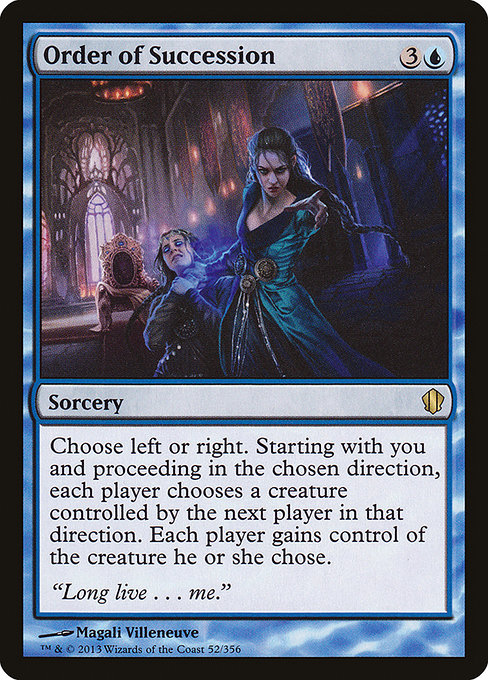
Order of Succession
-
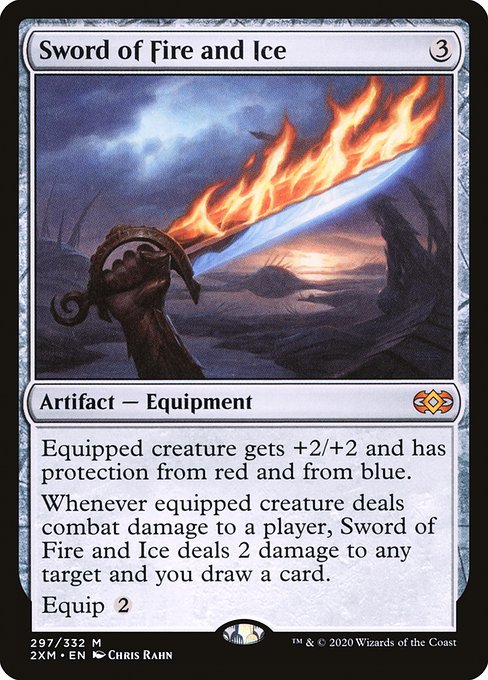
Sword of Fire and Ice
-
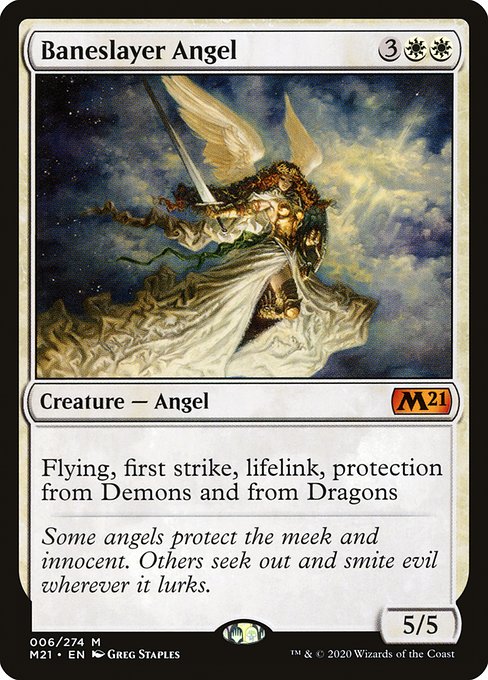
Baneslayer Angel
-
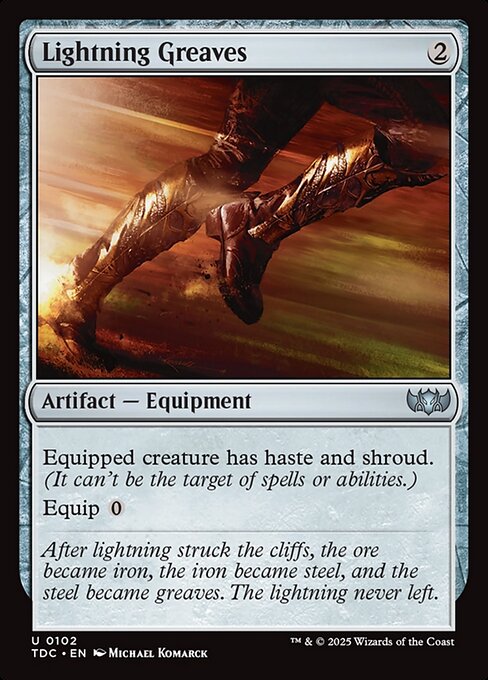
Lightning Greaves
Gameplay Summary
The game began with players quickly developing their boards, including early mana acceleration with cards like Sol Ring and Grave Crawler.
The four mono-colored decks jockeyed for position, with aggression and board presence shaping the early turns.
Talrand, Sky Summoner focused on generating tokens and controlling the board with counterspells and burn, while Korlash, Heir to Blackblade leveraged equipment and powerful creatures to pressure opponents.
Eight-and-a-Half-Tails utilized its unique ability to steal creatures from the player to the right, creating dynamic board states and shifting alliances.
Nylea, God of the Hunt aimed to ramp and apply pressure through large creatures and combat tricks.
A pivotal moment was the casting of Order of Succession, forcing players to give creatures to the right, which caused some strategic reallocation of threats and resources across the table.
Combat damage and interaction centered around creatures like Grave Crawler and various equipment, with players carefully choosing blocks and attacks to maximize value and minimize risk.
The game maintained a steady tempo with incremental damage and board development, with players keeping an eye on life totals and potential synergies.
As the game progressed, players made tactical decisions around removal, equipment, and combat, particularly involving Korlash's aggressive equipment play and Talrand's token generation.
The interaction of stealing creatures and doubling counters led to complex board states.
Despite multiple attempts at aggressive attacks and control spells, no immediate win condition was achieved within the early to mid-game segment shown.
The game highlighted the tension of mono-colored decks competing with limited color resources but strong thematic synergies, focusing on creature combat, equipment, and incremental advantage via spells and abilities.











































